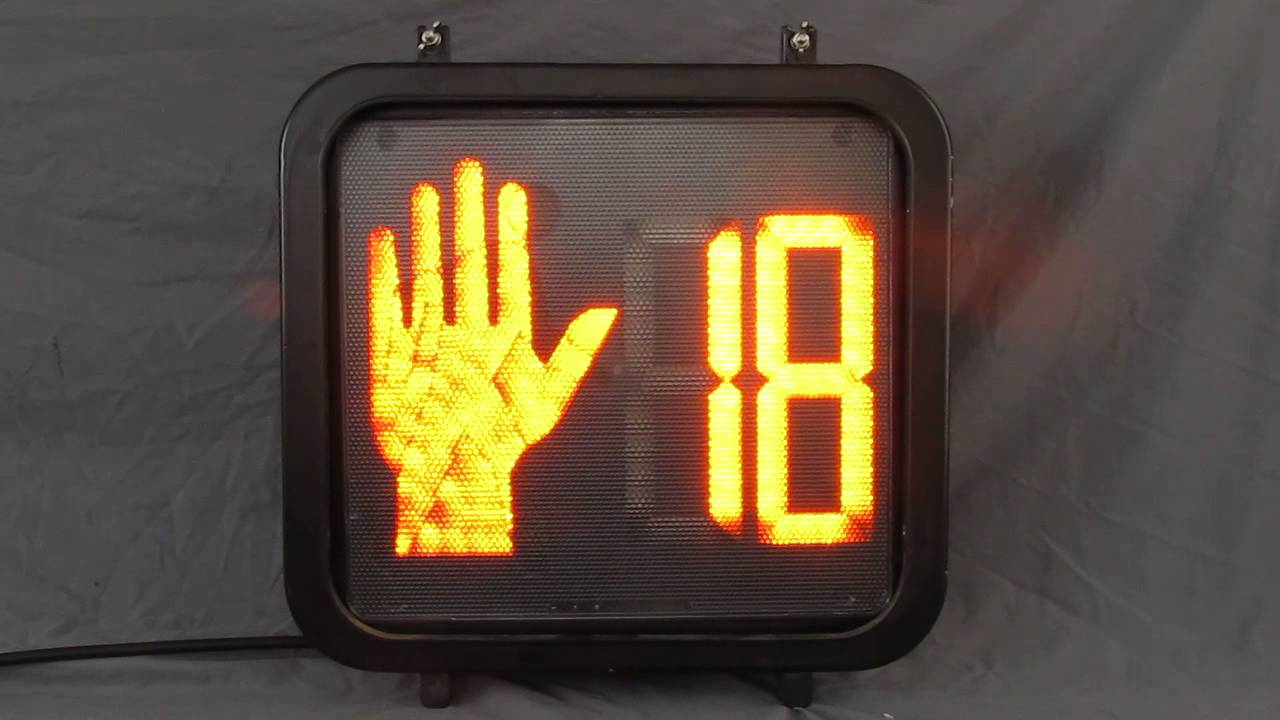
The city of Tampa is testing a pedestrian crossing method that allows people to cross the street from all four corners of the intersection at once.
The city is employing an all-pedestrian light cycle at the intersection of Rome Avenue and Main Street near Just Elementary School and Stewart Middle Magnet. The pilot project gives motorists traveling in all directions a red light to allow pedestrians to all cross the street at the same time.
The pilot is a scaled back version of what’s known as a “pedestrian scramble” in which all motorists have a red light and pedestrians can cross in any direction, including on the diagonal.
According to the city, the intersection is not marked for a true “pedestrian scramble” and the all-pedestrian light cycle will only be used around school hours.
The city will monitor the success of the pilot for continued or expanded use and is “exploring similar application, including scramble, at intersections where this operation would be appropriate,” according to Jean Duncan, the city’s director of transportation and stormwater services.
The city did not offer any additional information about the project.
According to a 2012 National Association of City Transportation Officials study, pedestrian scramble, more formally known as Barnes Dance Signal Timing, such methods have had mixed success.
The group studied intersections in Washington D.C., Oakland, Toronto and New York City. The study found a 50 percent reduction in pedestrian-vehicle conflicts in Oakland. On average, pedestrian-related crashes in the whole test group reduced 51 percent. However, multiple vehicle crashes increased 10 percent.
The study further notes some unintended consequences, particularly because of the additional all-pedestrian light cycle, the waiting time to cross is higher, which could increase the likelihood of pedestrians to cross diagonally against the signal.
The Rome/Main intersection under study now in Tampa also lacks some of the features that make all-pedestrian crossing effective. The intersection does not have curb bump outs, which extend the curb further into an intersection to reduce the distance pedestrians walk to cross the street.
The crosswalk markings are also faded, making them less visible to motorists. Motorists can also still turn right on red.
The project is part of ongoing city efforts to increase pedestrian safety.



